An exploration of the dual mystery of the cosmological lithium problem, but also the weird abundance of lithium in certain stars.
My Patreon Page:
/ johnmichaelgodier.
My Event Horizon Channel:
/ eventhorizonshow.
Music:
An exploration of the dual mystery of the cosmological lithium problem, but also the weird abundance of lithium in certain stars.
My Patreon Page:
/ johnmichaelgodier.
My Event Horizon Channel:
/ eventhorizonshow.
Music:

Many scientists, operating with a materialist worldview, argue that consciousness emerges out of inanimate molecules. In contrast, Roger Penrose’s longtime collaborator, Stuart Hameroff, puts forward the controversial case that consciousness precedes life and that we have evidence for this from a recent NASA experiment.
Rising antibiotic resistance drives interest in marine actinobacteria for new treatments.
They came across a natural compound that can inhibit the virulence of a dangerous strain of E. coli bacteria.
Innovative Diagnostic Solutions To Enhance Patient Experiences And Health Provider Decisions — Dr. Deborah Sesok-Pizzini, MD, MBA — Chief Medical Officer & Senior Vice President, Labcorp Diagnostics; Global Head of Quality And Discipline Director, Immunohematology.
Dr. Deborah Sesok-Pizzini, MD, MBA, is Chief Medical Officer And Senior Vice President, Labcorp Diagnostics, and Global Head of Quality And Discipline Director, Immunohematology, Labcorp (https://www.labcorp.com/deborah-sesok…), where she is involved in furthering the company’s initiatives to enhance the patient experience, enable health provider decisions and develop innovative testing solutions.
Dr. Sesok-Pizzini joined Labcorp with over two decades of experience in healthcare, holding multiple appointments with The Children’s Hospital of Philadelphia, including Patient Safety Officer, Chief of the Division of Transfusion Medicine and Vice-Chief of Pathology and Laboratory Medicine. She was also a professor of clinical pathology and laboratory medicine at the Perelman School of Medicine at the University of Pennsylvania in Philadelphia, PA.
Dr. Sesok-Pizzini earned her medical degree from the Penn State College of Medicine and did her residency and fellowship at The University of Pennsylvania’s Perelman School of Medicine. She also graduated from Villanova University, with a Master of Business Administration degree with a concentration in finance.
Dr. Sesok-Pizzini holds certifications in clinical pathology and blood bank and transfusion medicine. She is a member of the College of American Pathology, the American Society of Clinical Pathology, and the Association for the Advancement of Blood and Biotherapies. She is a board member of the Intersociety Council for Pathology Information and serves as an adjunct professor with the University of Pennsylvania’s Perelman School of Medicine.
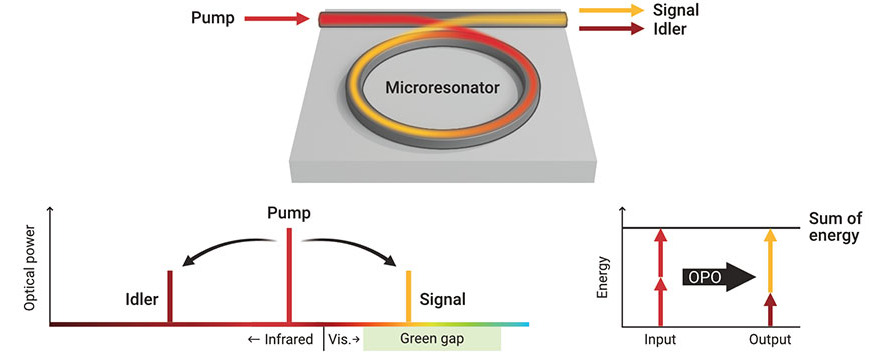
It’s not easy making green.
For years, scientists have fabricated small, high-quality lasers that generate red and blue light. However, the method they typically employ — injecting electric current into semiconductors — hasn’t worked as well in building tiny lasers that emit light at yellow and green wavelengths. Researchers refer to the dearth of stable, miniature lasers in this region of the visible-light spectrum as the “green gap.” Filling this gap opens new opportunities in underwater communications, medical treatments and more.
Compact laser diodes can emit infrared, red and blue wavelengths, but are highly inefficient at producing green and yellow wavelengths, a region known as the ‘green gap’. (Image: S. Kelley, NIST)
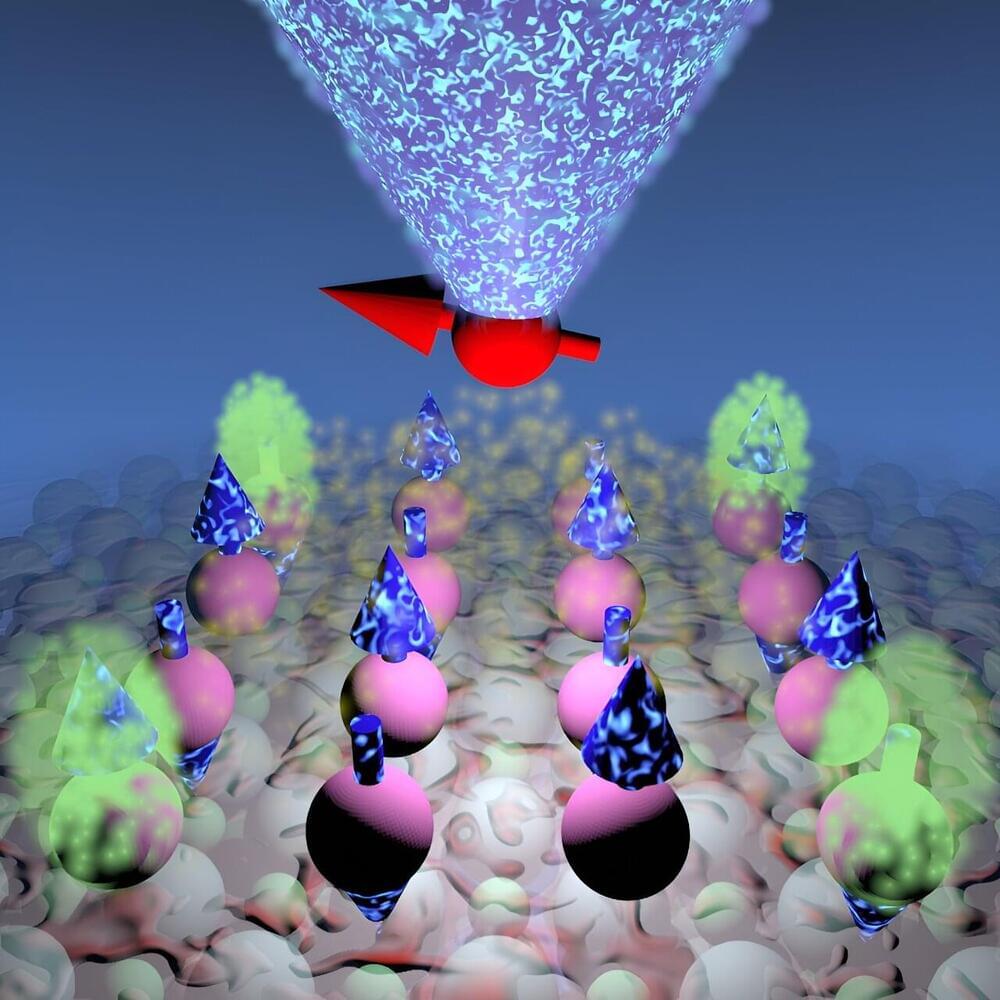
Quantum magnets are materials that realize a quantum superposition of magnetic states, bringing quantum phenomena from the microscopic to the macroscopic scale. These materials feature exotic quantum excitations–including fractional excitations where electrons behave as if they were split into many parts–that do not exist anywhere outside of this material.
To manipulate how the atoms behaved inside the quantum material the researchers had assembled, they poked each individual atom with a tiny needle. This technique allows for the accurate probing of qubits at the atomic level. The needle, in reality an atomically sharp metal tip, served to excite the atoms’ local magnetic moment, which resulted in topological excitations with enhanced coherence.
“Topological quantum excitations, such as those realized in the topological quantum magnet we now built, can feature substantial protection against decoherence. Ultimately, the protection offered by these exotic excitations can help us overcome some of the most pressing challenges of currently available qubits,” Lado says.
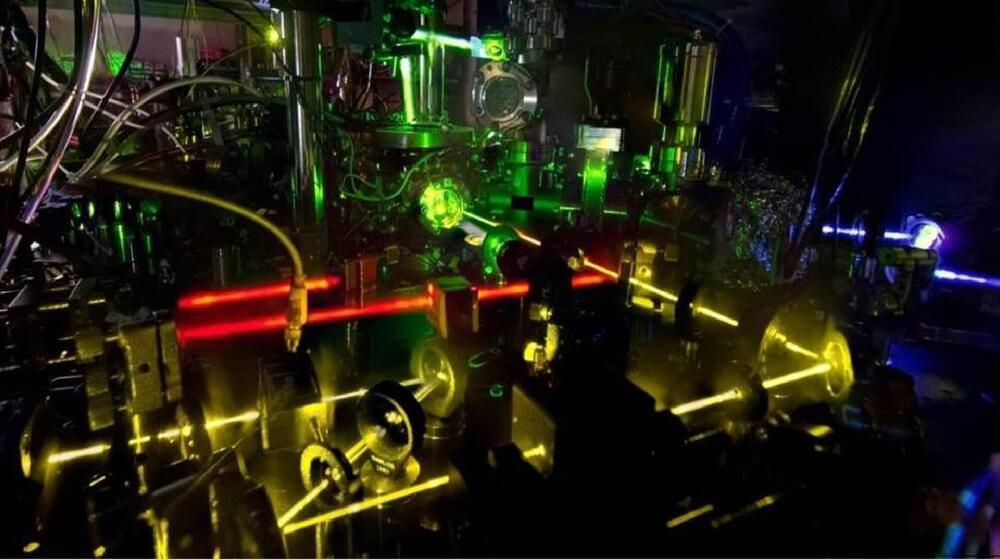
How would atoms behave near a supermassive object? We know how atoms behave in extremely weak gravity like that at the Earth’s surface: They can be excited from a lower energy level to a higher one when an electron absorbs a photon or a nucleus absorbs a gamma ray, and so on. But what if the atom is in a strong gravitational field such as one near a supermassive, rotating black hole or rotating neutron star?
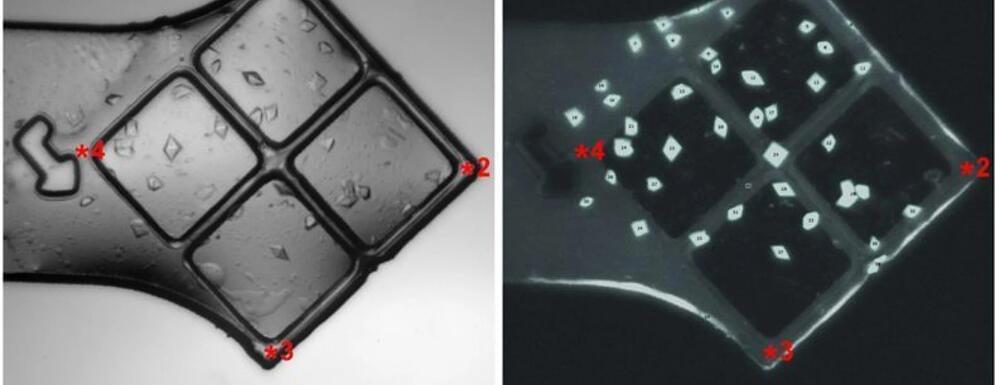
Researchers at the Department of Energy’s SLAC National Accelerator Laboratory have uncovered new insights into the fundamental mechanisms of RNA polymerase II (Pol II), the protein responsible for transcribing DNA into RNA. Their study shows how the protein adds nucleotides to the growing RNA chain. The results, published in Proceedings of the National Academy of Sciences, have potential applications in drug development.
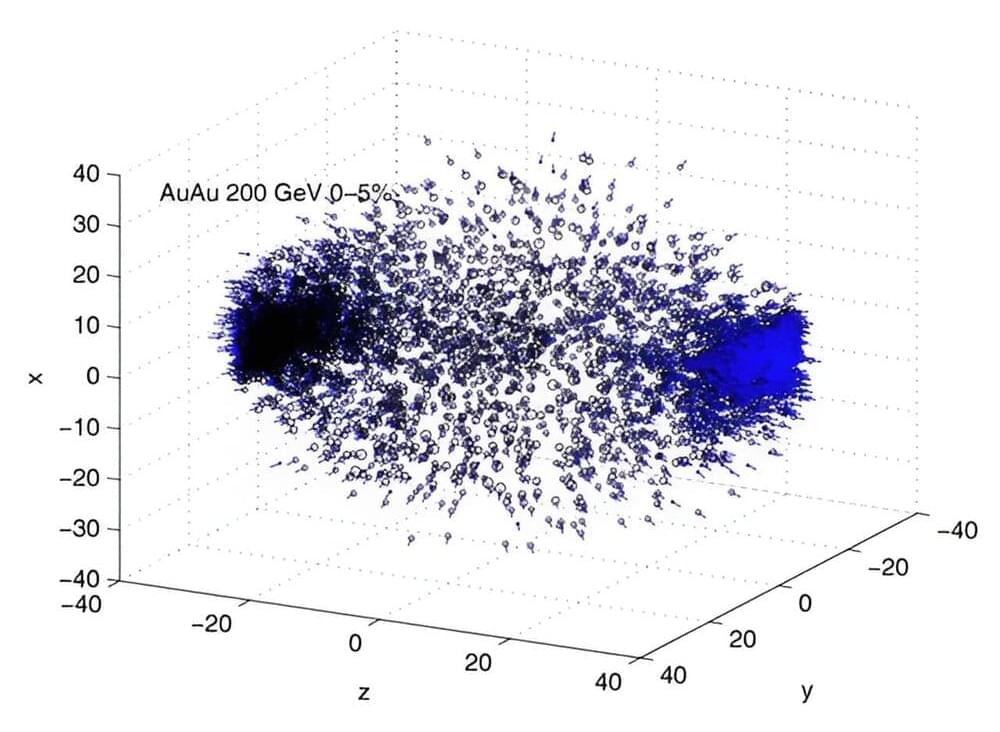
In the development of particle physics, researchers have introduced an innovative particle encoding mechanism that promises to improve how information in particle physics is digitally registered and analyzed. This new method, focusing on the quantum properties of constituent quarks, offers unprecedented scalability and precision. It paves the way for significant advancements in high-energy experiments and simulations.